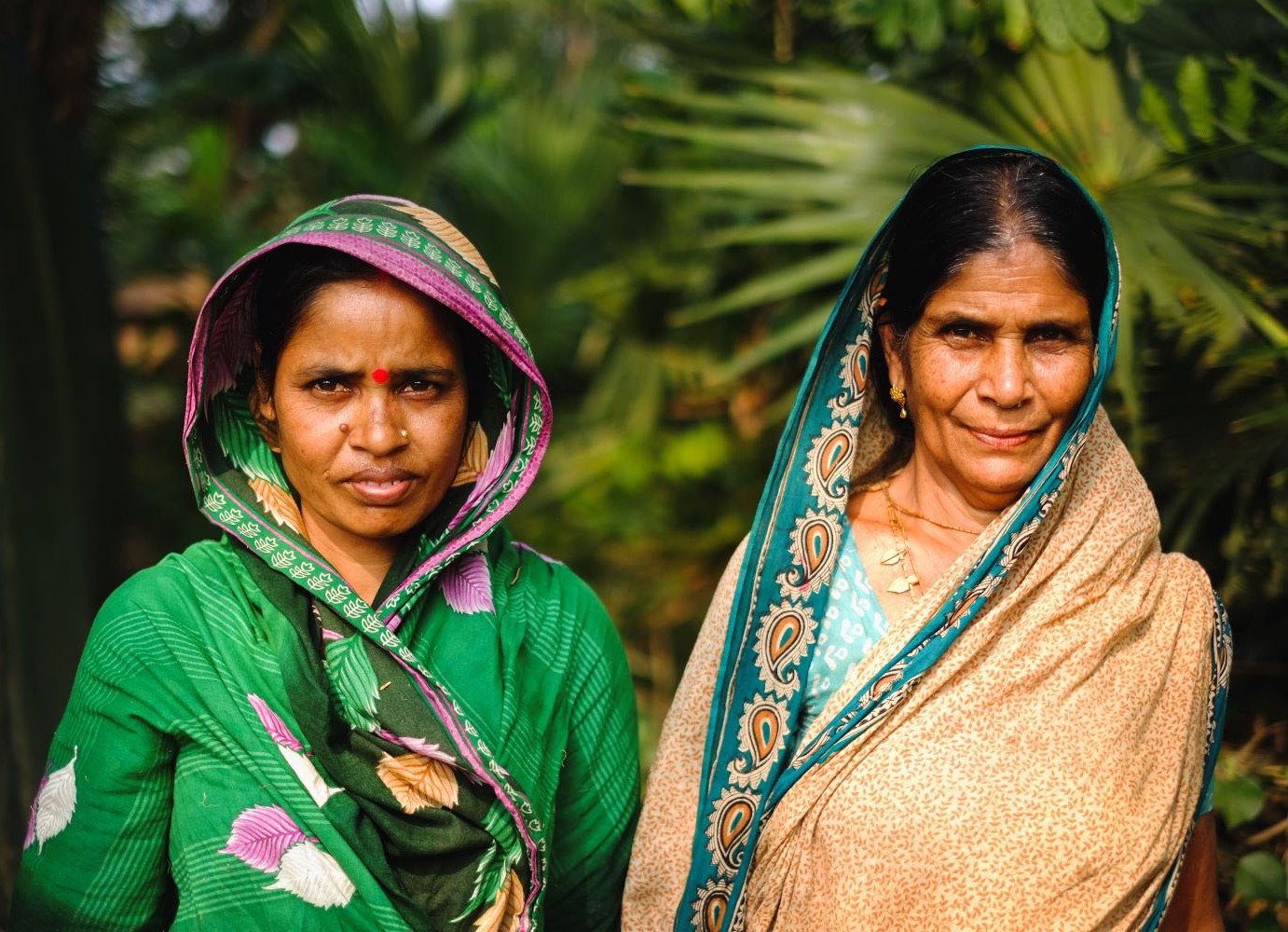Ambassadors George Talbot and Geir Pederson, the Co-Chairs of the negotiations for the Third International Conference on Financing for Development conference, have just issued the first version of the “Addis Ababa Accord.” The Accord will be the main outcome of the upcoming Addis Financing for Development Conference in July, billed as the event where we figure out how to pay for the Sustainable Development Goals.
The draft is a strong one: it is wide ranging, ambitious and contains enough specifics to suggest it really would make a difference to global development. The co-chairs have done a wonderful job. For all that, there are some places where the draft could be stronger still with more in the way of specifics. Here are some initial thoughts.
There are twenty pages covering the Addis Ababa Action Agenda. And while they are inevitably bubble-wrapped in diplo-speak and hat-tipping, there is a solid package of proposals nestled within. They cover domestic public finance, private finance, international public finance, trade, debt, technology, data and systemic issues. Amongst many other things, the Agenda calls for more tax and better tax (less regressive, more focused on pollution and tobacco). And it is long and specific on base erosion, tax evasion and competition and tax cooperation. It calls for financial inclusion and cheaper remittances. The draft discusses blended finance and a larger role for market-based instruments to support infrastructure rollout, as well as a new measure of “Total Official Support for Sustainable Development.” It calls for Multilateral Development Bank reform including new graduation criteria and scaling up. And it suggests a global compact to guarantee a universal package of basic social services and a second compact covering infrastructure. Finally, the draft has a good section on technology including the need for public finance and flexibility on intellectual property rights.
If the draft was agreed as it stands, it would be a good start to the year of big sustainable development conferences. But it could be better, of course. Here are a few initial suggestions:
- There is boilerplate language (and then some) on the quantity of aid in the draft –the 0.7 percent target is given its due. But there is less on the specifics around quality and targeting. Why no targets around the percentage of ODA on country budgets, or results-based aid or ending tied aid? Why not a numerical target for aid supporting delivery of global public goods like research and development, evaluation, climate, and international cooperation on infectious disease monitoring and reaction? Why not something on making sure that when a tree doesn’t fall in the forest, somebody pays for that?
- The draft calls for international financial institutions including the World Bank to start a process examining their ‘role, scale and function.’ Why not get specific and call for a regular Bank Resource Review as part of that? And the call for “Total Official Support for Sustainable Development” could come along with a targeted percentage, perhaps? (Also: a better name and acronym. This one should be TOSS’D).
- Transparency makes multiple appearances including under the domestic resource, private finance and aid sections. And there is a recommendation for every country to join the Open Government Partnership, but more specific actions could help. For example, the draft could support signing up to the IMF Fiscal Transparency Code and Open Contracting –perhaps even specifically to government contract publication –that is vital to improving the quality of public investments, public-private partnerships and aid.
- There is a call for a global initiative to help scale up investments in sustainable infrastructure. It would be good to add some specifics. Not least, for infrastructure (and energy in particular) to be both financially and environmentally sustainable, it should be priced at cost wherever possible. Financial sustainability is also key to attracting private sector providers. The global initiative should promise to significantly increase support for market rate and market-based long-term finance for infrastructure in return for sustainable pricing that will make market-rate financing fiscally sustainable.
- The draft makes the important statement that migration is a development issue but is short on specifics. What about encouraging global skill partnerships or proposing national treatment in terms of college costs for students from LDCs or increasing LDC migration as a percentage of total migration flows?
- The language on technology and innovation pushes for public finance of R&D –why not a target, perhaps specifically on ODA towards technology development in areas like neglected tropical diseases or off-grid energy? And why not a commitment to work together to increase the quality of patents and allow tiered pricing of technology, making it more affordable in LDCs?
To repeat, the draft is a real success for the co-chairs. Hopefully the negotiations over the next months can add value and make for an even stronger set of commitments at Addis. We’ll be watching and have more suggestions in the days ahead.
Disclaimer
CGD blog posts reflect the views of the authors, drawing on prior research and experience in their areas of expertise. CGD is a nonpartisan, independent organization and does not take institutional positions.





